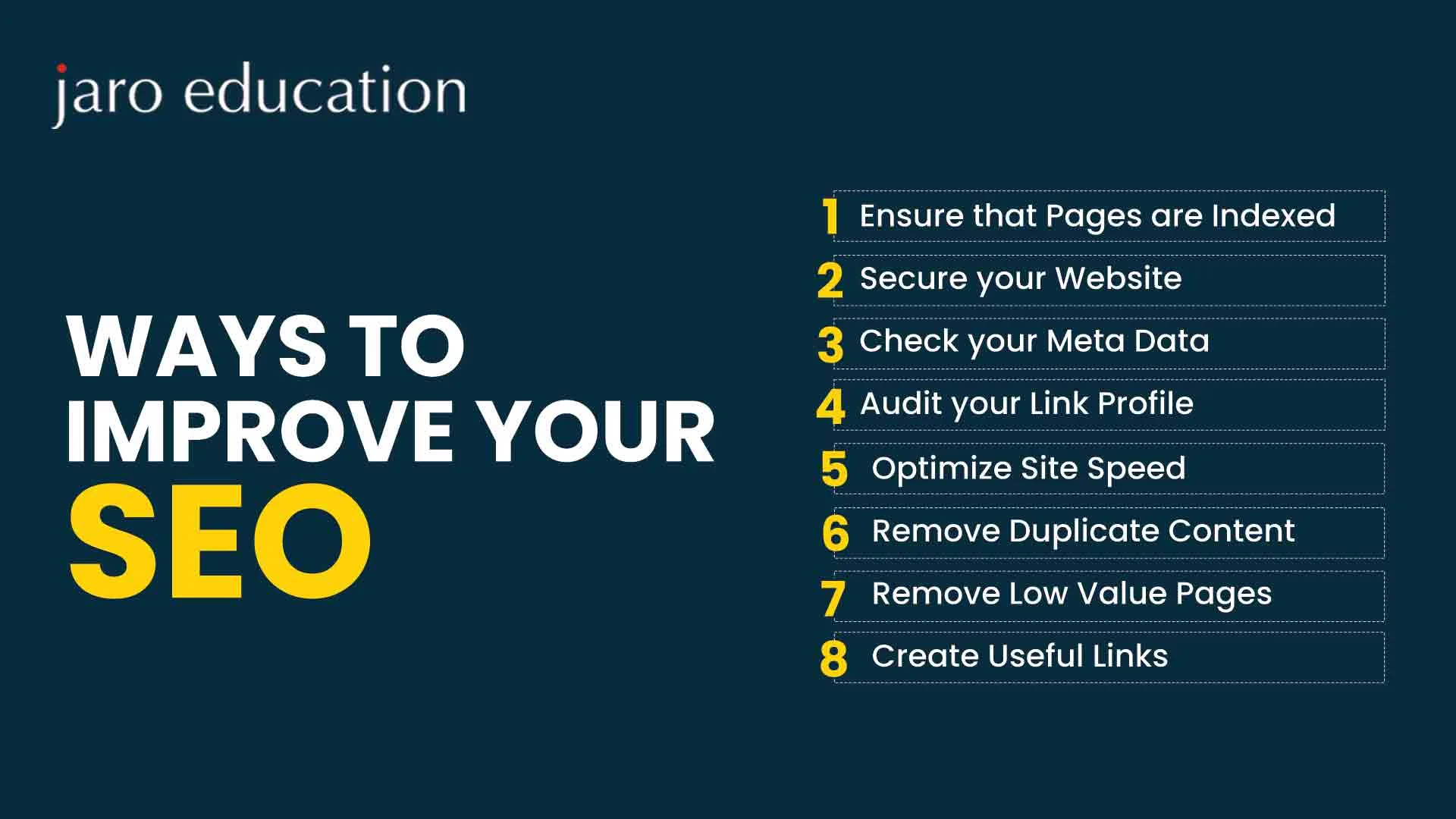When it comes to digital marketing, SEO strategy is one of the most crucial components of ensuring long-term success for any website. SEO, or search engine optimization, is the art of improving your website to rank higher in search engine results pages (SERPs). A well-planned SEO strategy can lead to increased organic traffic, higher conversion rates, and better visibility on platforms like Google.
In this article, we’ll dive deep into an effective SEO strategy and how it can help elevate your rankings. Follow these tactics, and you’ll be well on your way to mastering SEO.
1. Understand Your Audience and Keywords
The first step in any SEO strategy is to fully understand your target audience. Who are they? What are their needs? Once you have a clear picture of your audience, you can begin researching keywords that are relevant to your business. Use tools like Google Keyword Planner and SEMrush to find high-volume and low-competition keywords. By targeting these keywords, you’ll improve your chances of ranking higher in search results.
2. Optimize On-Page Elements
On-page SEO refers to all the actions you can take directly on your website to improve your ranking. This includes optimizing meta titles, descriptions, headers, and images. Make sure your SEO strategy incorporates these elements:
- SEO Title & Meta Description: Both should include your target keywords and be written clearly to attract clicks.
- Headings: Use headings (H1, H2, H3) properly to organize your content. Include keywords naturally within the text.
- Internal Linking: Link relevant pages within your site to help search engines understand your site’s structure and content relevance.
3. Content Is King
Content plays a pivotal role in any SEO strategy. Google values high-quality, relevant, and engaging content. When you create valuable content for your audience, Google rewards you with higher rankings. Regularly update your blog, add relevant articles, and focus on providing useful answers to common search queries. Aim for content that is informative, well-researched, and easy to read.
4. Improve Website Speed and Mobile Friendliness
A significant part of your SEO strategy should be focused on technical SEO. Ensuring your website loads quickly and is mobile-friendly can impact user experience and search rankings. Tools like Google PageSpeed Insights can help you identify areas for improvement. Make sure your website is responsive, meaning it adjusts seamlessly to different screen sizes.
5. Build Quality Backlinks
Backlinks, or links from other websites pointing to your site, are a major factor in SEO. Building high-quality backlinks from reputable sites helps establish your website as a trustworthy source. Your SEO strategy should include outreach to other websites, guest posting, and other tactics to gain these valuable backlinks.
6. Monitor Your SEO Performance
An essential part of any SEO strategy is tracking the effectiveness of your efforts. Use Google Analytics, Google Search Console, and other tools to monitor key metrics like organic traffic, keyword rankings, and user engagement. Adjust your strategy based on what works and what doesn’t.
Conclusion: An effective SEO strategy is an ongoing process that requires time, dedication, and regular adjustments. By focusing on keyword research, on-page optimization, content creation, technical SEO, and backlink building, you’ll position your website for success. Keep monitoring your results and make adjustments as needed to stay ahead of the competition.
By following these tactics, you’ll be able to implement a robust SEO strategy that will help you rise in the search rankings and attract more organic traffic to your site.
















